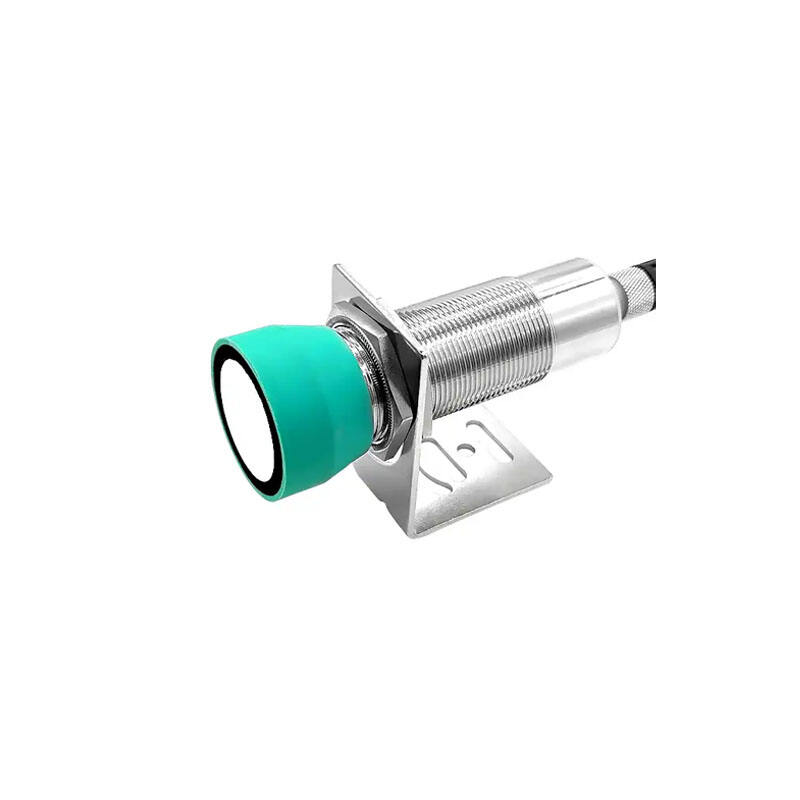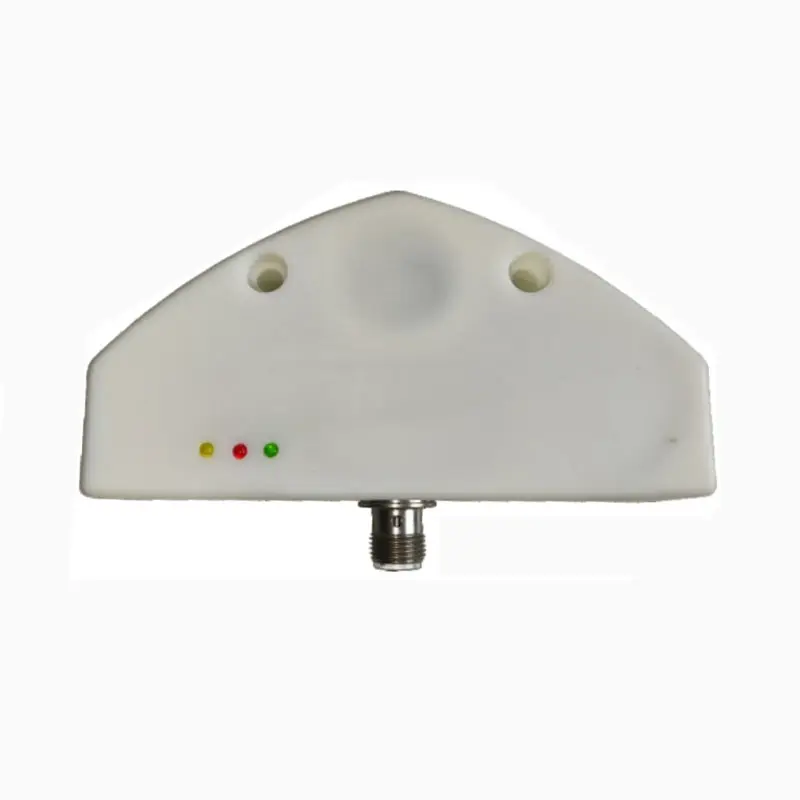photoelectric switch working principle
The photoelectric switch working principle represents a fundamental technology in modern automation and sensing systems. At its core, this principle relies on the interaction between light and specialized sensors to detect objects and trigger specific responses. The system consists of three main components: a light source, typically an LED or laser, a light receiver such as a photodiode or phototransistor, and a signal processing unit. When an object interrupts or reflects the light beam between the emitter and receiver, the system detects this change and initiates a predetermined response. This technology utilizes various detection methods, including through-beam, retro-reflective, and diffuse reflection, each suited to different applications. The principle operates by converting light energy into electrical signals, which are then processed to determine the presence, absence, or position of objects. Modern photoelectric switches incorporate advanced features like background suppression, precise sensing ranges, and immunity to ambient light interference. These devices find extensive applications in manufacturing, packaging, security systems, and automated door controls. The technology's reliability, speed, and non-contact operation make it ideal for environments where traditional mechanical switches would be impractical or less effective.









